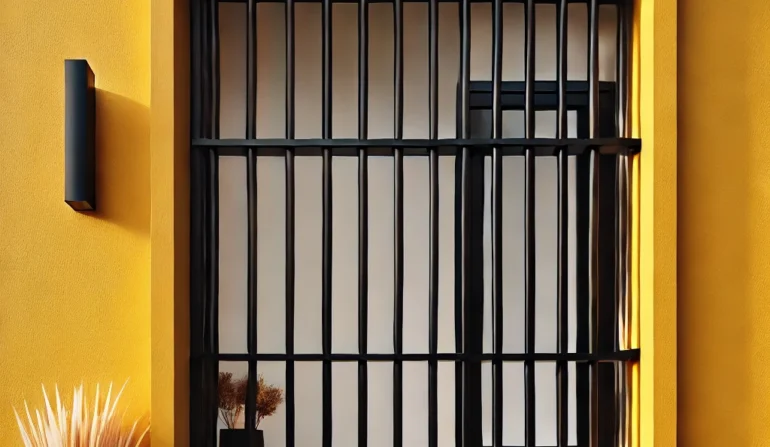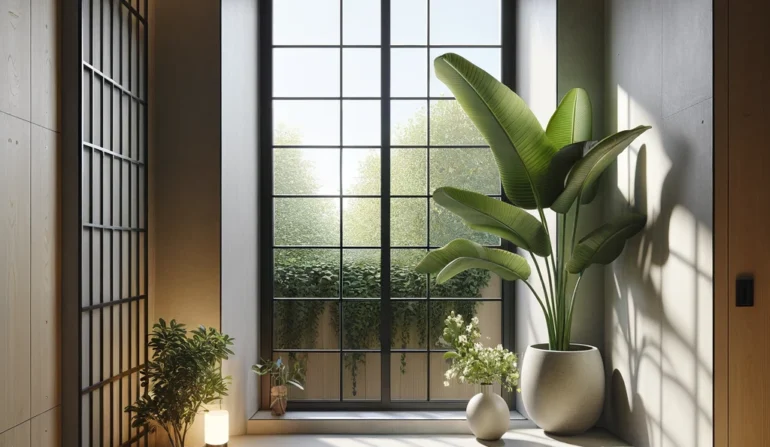Welcome to our detailed guide on window storm guards. If you’re looking for information on how to protect your home from the elements while maintaining a stylish appearance, you’ve come to the right place. In this article, we will delve into everything you need to know about window storm guards, from their benefits to installation and maintenance. Let’s get started!

A Must-Have for Your Home
Window storm guards have become an essential addition to homes, offering a range of benefits that go beyond just protecting your windows. Here’s why you should consider installing them:
Increased Energy Efficiency
Window storm guards provide an extra layer of insulation, helping to keep your home warmer in the winter and cooler in the summer. This leads to significant energy savings and reduced utility bills.
Enhanced Security
These guards act as a deterrent for potential intruders. Their sturdy construction adds an additional layer of protection to your windows, making it harder for anyone to break in.
Protection Against the Elements
From heavy rains to hailstorms, window storm guards shield your windows from the harshest weather conditions. They prevent water infiltration and damage to your interiors.
Improved Curb Appeal
Modern window storm guards are designed to enhance the aesthetics of your home. They come in various styles and colors to complement your exterior, adding to your property’s overall charm.

Installation Made Easy
Is a straightforward process that can be done by professionals or experienced DIY enthusiasts. Here’s a brief overview of the installation steps:
Step 1: Gather Your Tools and Materials
Before you begin, ensure you have all the necessary tools and materials, including the storm guard kit, measuring tape, screws, and a drill.
Step 2: Measure Your Windows
Accurate measurements are crucial. Measure the width and height of each window to ensure the storm guards fit perfectly.
Step 3: Attach the Brackets
Using the provided brackets, attach them securely to the window frame. Make sure they are level and properly aligned.
Step 4: Install the Storm Guards
Carefully place the storm guards onto the brackets and secure them with screws. Double-check that they are level and secure.
Step 5: Test for Functionality
Open and close your windows to ensure the storm guards do not hinder their operation.

Maintenance Tips for Longevity
Proper maintenance ensures your window storm guards remain effective and attractive. Here are some tips:
Regular Cleaning
Dirt and debris can accumulate on the guards. Clean them periodically using mild soap and water to maintain their appearance.
Check for Damage
Inspect your storm guards for any signs of damage, such as dents or bent frames. Replace or repair damaged parts promptly.
Lubrication
If your storm guards have moving parts, lubricate them as needed to ensure smooth operation.
Repainting
Over time, the paint on your storm guards may fade or peel. Repaint them to keep them looking fresh and vibrant.

Are window storm guards suitable for all types of windows?
Are versatile and can be installed on most window types, including single-hung, double-hung, and sliding windows.
Can I install storm guards myself, or should I hire a professional?
While some DIY enthusiasts may be able to install storm guards, it’s often best to hire a professional for precise and secure installation.
Do storm guards obstruct my view from the window?
Modern storm guards are designed to be unobtrusive and do not significantly obstruct your view.
Are storm guards easy to clean?
Yes, storm guards are easy to clean. A simple wipe down with mild soap and water is usually sufficient.
Can storm guards be painted to match my home’s color scheme?
Yes, many storm guards can be painted to match your home’s exterior colors.
Are storm guards hurricane-resistant?
While storm guards provide some protection, they are not a substitute for dedicated hurricane shutters in high-risk areas.

In conclusion, window storm guards are a valuable addition to any home. They offer numerous benefits, including improved energy efficiency, enhanced security, and protection against the elements. Installation is relatively simple, and proper maintenance ensures their longevity and effectiveness.











